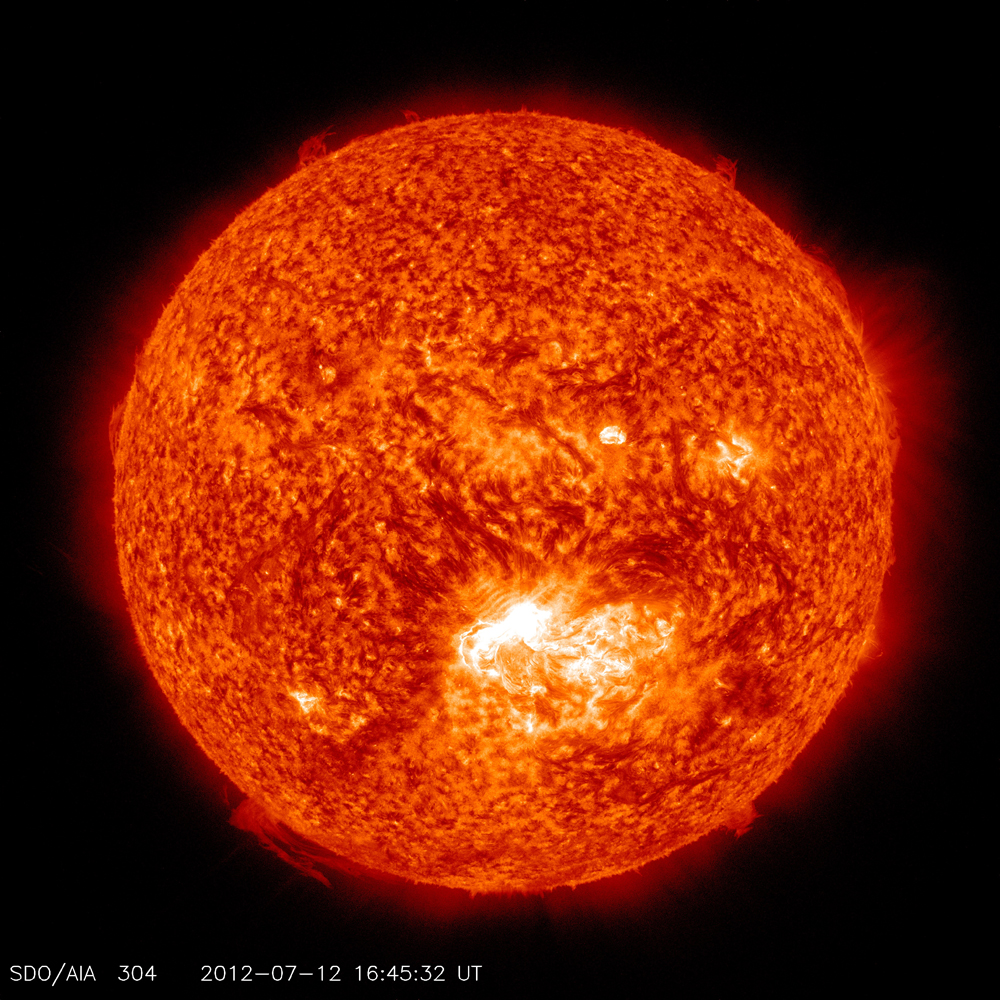The Solar System
Since we have already talked a lot about the formation of the solar system earlier, I felt that we ought to dive deeper into this topic, as there is so much to cover. This section is devoted to the Solar System.
 |
| The Solar System [not to scale] Image credit: Universe Today |
The solar system, as we learnt last time, is actually quite small when viewed on the cosmic scale, but it is pretty broad subject, and learning about our solar system is not only crucial for our knowledge but our safety, as well. You'll see why in a later entry.
The Solar System can be broadly divided into 5 parts:
- The Sun- You might be confused by this at first, since you might feel that the sun doesn't really need a special group all by itself. The reason for this is that contrary to popular belief, the sun isn't a smaller part of the solar system, it defines the solar system. The sun covers about 99.8% or 99.9% of the entire mass of the solar system,and all other planets are just dots in front of it.
 |
| The Sun Image credit: JPL/NASA |
- The Inner Planets- The Inner Planets include Mercury, Venus, Earth and Mars. They are relatively small as compared to the outer planets but much more dense, as they are composed of almost entirely, heavier elements like iron, aluminium, silicon, oxygen, carbon dioxide, etc.
- The outer planets- The outer planets are known by several names, such as The Gas Giants and The Jovian planets.They include Jupiter, Saturn, Uranus and Neptune. They are made of lighter elements, like hydrogen and helium, and they do not have a rocky core, unlike the inner planets.
- The Asteroid Belt- It is a large ring of matter, consisting of dust, debris and metals, which were left out as they did not help form the planets in the early solar system. This ring exists between the orbits of Mars and Jupiter.
 |
| The planets to scale Image credit: Universe Today |
 |
| An orbit map of the solar system, featuring the orbits of several asteroids. Image credit: JPL, NASA |
- The Outer Solar System- The outer solar system consists of the belts and zones beyond the orbit of Neptune. They are- the Kuiper belt, and the Oort Cloud.
 |
| The Outer Solar System Image Credit: ESA/HUBBLE |
We will be tackling each point separately, in a series of entries. The reason this section is quite short is that I feel that long entries on very broad and challenging topics are quite confusing, and they take some time to digest. So this is some sort of trailer for you for what is to come ahead.
Hey Siya, Ishita here! (You know me 😉)
ReplyDeleteThis was a really informative post, really detailed, but so interesting that there is no chance to get bored!
Keep up the amazing work!
Eagerly waiting for more posts!!
Hi Ishita!
DeleteI am so happy that you liked the blog and commented! It is just wonderful to know that the posts I put out are not just readable, but interesting and informative.
And yes, I am working on the next entry, so subscribe (or follow) the blog so you don't miss it!
Best,
Siya